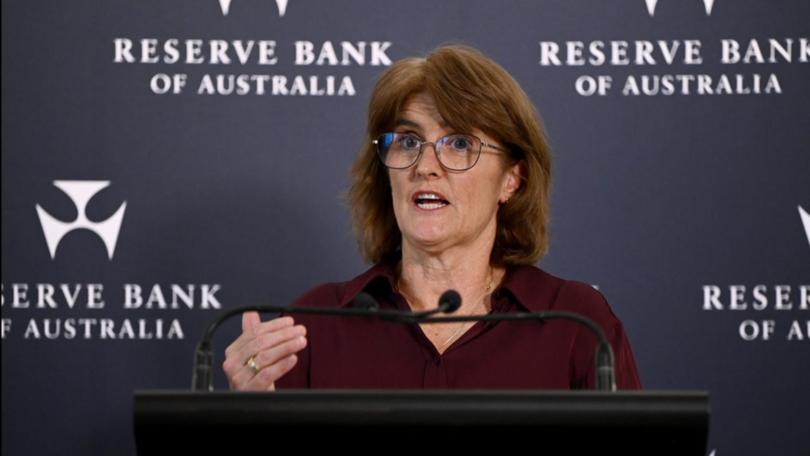Rationale behind Reserve Bank’s last cash rate call on show

Lingering price pressures had the central bank alert and watchful at the last interest rate call and the minutes of the board’s meeting will be combed through for further insights.
Slated for release on Tuesday, the minutes from the Reserve Bank’s May meeting will outline the thinking behind the hold decision and contain other nuggets of information for those interested in the likely trajectory of interest rates.
In an almost universally-expected move, the cash rate was left at 4.35 per cent for the fourth meeting in a row in May.
Sign up to The Nightly's newsletters.
Get the first look at the digital newspaper, curated daily stories and breaking headlines delivered to your inbox.
By continuing you agree to our Terms and Privacy Policy.But with the March quarter inflation data coming in stronger-than-anticipated, the central bank was alert to emerging price pressures and warning the road back to within-target inflation would not be smooth.
Governor Michele Bullock has already confirmed a hike was discussed at the last meeting, with the nature of those discussions a key point of interest.
In a note, ANZ head of Australian economics Adam Boyton and his colleagues suggested the decision to keep rates on hold was not a close one, given the tone of the post-meeting statement.
They also said the minutes may point out that new RBA forecasts, unveiled at the same time as the interest rate decision, did not factor in any policies contained in the federal budget.
Treasury forecasts in last week’s budget were much more optimistic about consumer prices than the RBA, which the government chalked up to expanded cost-of-living measures it says will mechanically push down inflation numbers.
The influence of the cost-of-living support on inflation remains in question, however, with some economists arguing subsidised bills leave individuals with more to spend, and that could push prices up elsewhere.
No major data releases are scheduled over the week but the Australian Bureau of Statistics will release its experimental monthly employee earnings indicator on Tuesday.
On the same day, Westpac and Melbourne Institute will produce their consumer confidence index, which will likely reveal ongoing financial pressures on households.
Local investors will dissect a mixed finish to the week on Wall Street amid expectations of interest rate cuts by the Federal Reserve this year.
The Dow Jones Industrial Average rose 134.21 points, or 0.34 per cent, to 40,003.59, while the S&P 500 gained 6.17 points, or 0.12 per cent, to 5,303.27.
The Nasdaq Composite lost 12.35 points, or 0.07 per cent, to 16,685.97.
Australian share futures gained 35 points, or 0.44 per cent, to 7841.
The benchmark S&P/ASX200 index on Friday gave back more than half of the previous day’s rally - which had left it just 54 points from its all-time high - to finish 66.9 points lower at 7,814.4, a drop of 0.85 per cent.
